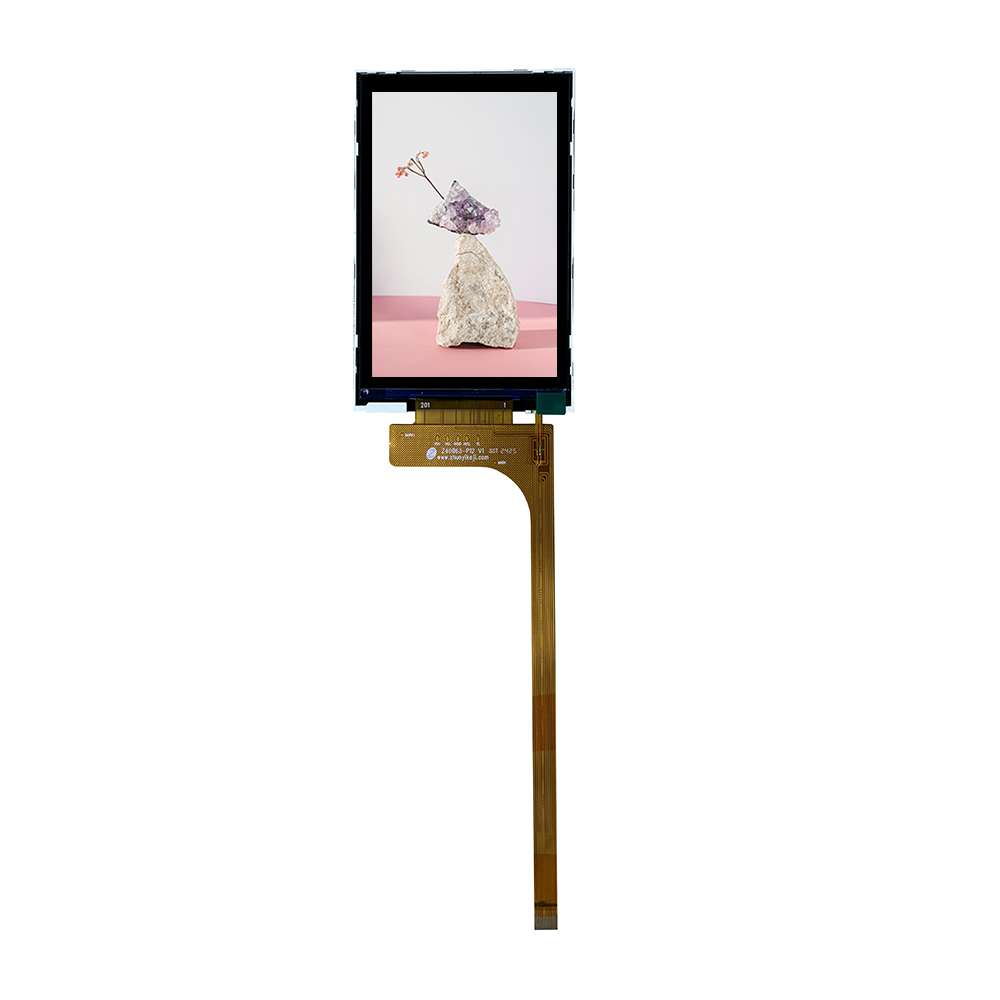




Electromagnetic compatibility (EMC) is a critical aspect of touch - display design and manufacturing, ensuring that these devices can operate without interfering with other electronic equipment and are immune to external electromagnetic interference. There are several international and regional EMC test standards that touch - display manufacturers must comply with to ensure the reliability and safety of their products.
One of the most widely recognized EMC standards is the International Electrotechnical Commission (IEC) 61000 series. This series of standards covers various aspects of electromagnetic compatibility, including electromagnetic emissions and immunity. For touch displays, the IEC 61000 - 3 - 2 and IEC 61000 - 3 - 3 standards are particularly relevant. IEC 61000 - 3 - 2 focuses on the limits of harmonic current emissions, which are important to prevent the touch display from causing interference to the power supply network. IEC 61000 - 3 - 3 sets limits for voltage fluctuations and flicker emissions, ensuring that the touch display does not cause visual discomfort or damage to other connected electrical devices.
In the European Union, touch - display products must comply with the EMC Directive 2014/30/EU. This directive requires that all electrical and electronic equipment placed on the EU market must have acceptable levels of electromagnetic emissions and immunity. To meet this requirement, touch - display manufacturers need to conduct a series of tests, including radiated and conducted emissions tests, as well as immunity tests against electrostatic discharge (ESD), electrical fast transients (EFT), and surge voltages. The EN 55032 and EN 55035 standards are commonly used for these tests in the EU. EN 55032 specifies the limits and measurement methods for radiated and conducted electromagnetic emissions of multimedia equipment, while EN 55035 focuses on the immunity requirements and test methods for the same.
In the United States, the Federal Communications Commission (FCC) has its own set of EMC regulations. Touch - display products sold in the US must comply with the FCC Part 15 rules, which govern the intentional and unintentional radiated emissions of electronic devices. These rules ensure that touch displays do not cause harmful interference to radio communications and other electronic equipment operating in the same frequency bands. Compliance with these EMC test standards not only ensures the proper functioning of touch displays but also allows them to be legally sold and used in different regions around the world.
